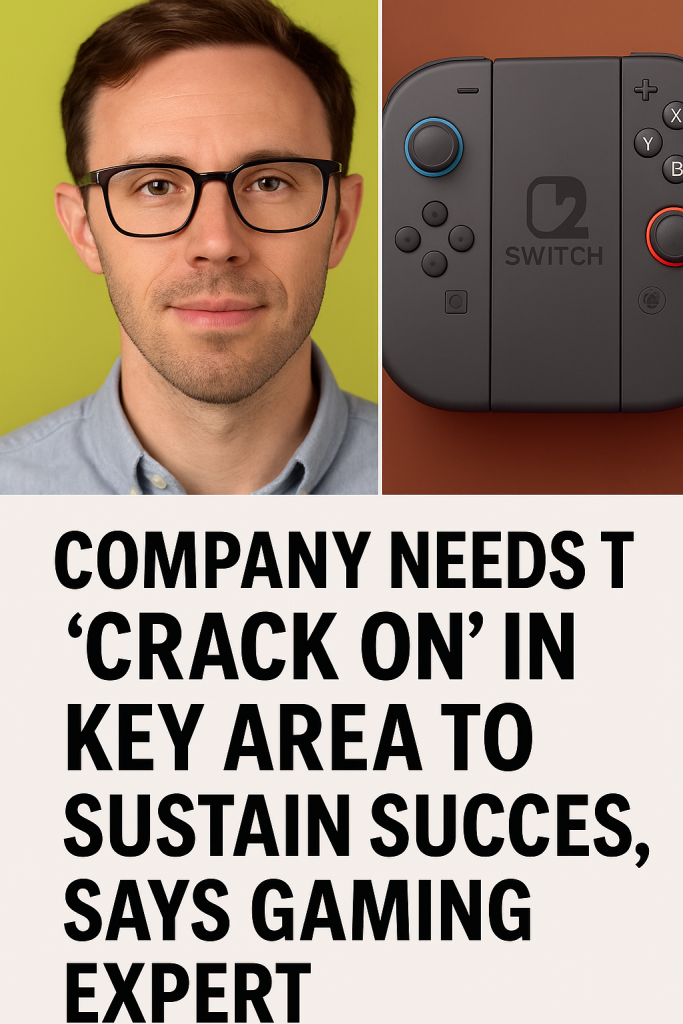As anticipation grows for Nintendo’s next-generation console, the so-called Nintendo Switch 2, gaming industry experts are urging the company to prioritize a critical area to maintain its hard-earned momentum. After the unprecedented success of the original Switch, many believe Nintendo’s next move will be pivotal in determining whether the company can continue to compete in an increasingly demanding market.
According to a leading gaming analyst familiar with the evolving console landscape, Nintendo needs to “crack on” with delivering significantly enhanced hardware performance if it wants the Switch 2 to replicate or surpass the success of its predecessor. With competitors like Sony and Microsoft pushing forward with increasingly powerful devices and advanced features, Nintendo’s upcoming system must close the gap in processing capabilities and graphical fidelity.
“The original Switch was revolutionary with its hybrid form factor, blending handheld portability with home gaming,” the expert explained. “However, technologically it started to show its limits compared to the Xbox Series X and PlayStation 5. The new console needs to embrace modern hardware standards, particularly in the CPU and GPU departments, without sacrificing that signature versatility.”
This insight comes amid scattered reports and rumors about Nintendo’s next console generation, suggesting a focus on boosting screen resolution and processing speed, while retaining backward compatibility with Switch games. Analysts note that while Nintendo’s strength has always been in innovative gameplay and beloved franchises, hardware upgrades are critical in sustaining long-term success, attracting third-party developers, and future-proofing the platform.
Despite speculation about the Switch 2’s possible launch window being set as early as late 2024 or early 2025, insiders caution that the company is navigating development challenges. Balancing power, battery life, and cost remains a complex engineering puzzle. Some experts assert that Nintendo must “crack on” faster to avoid losing ground to rivals, especially as the gaming audience demands both performance and portability without compromise.
Moreover, stakeholders emphasize that software support and ecosystem expansion remain crucial. While exciting titles from Nintendo’s exclusive IPs like Mario, Zelda, and Metroid will always drive interest, the console’s ability to attract wider third-party content through improved hardware will solidify its position in the market.
In addition to raw power, the gaming community is also keenly awaiting details on innovative features Nintendo might integrate into the Switch 2. Speculation runs from improved haptic feedback and advanced motion controls to enhanced online services and expanded multimedia capabilities. Experts believe these elements will further differentiate the new device, complementing vital hardware upgrades.
While Nintendo has remained relatively tight-lipped about the specifics, the message from industry voices is clear: staying complacent on performance would jeopardize the Switch’s legacy. To thrive in 2024 and beyond, the Switch 2 must deliver a compelling blend of power, portability, and first-party charm. As one expert put it, “Nintendo’s legacy of innovation must evolve with the times — they need to crack on and get this right.”
As fans eagerly await more official information, the pressure mounts on Nintendo to ensure their next console not only meets but exceeds expectations, securing its pivotal role in the future of gaming.



